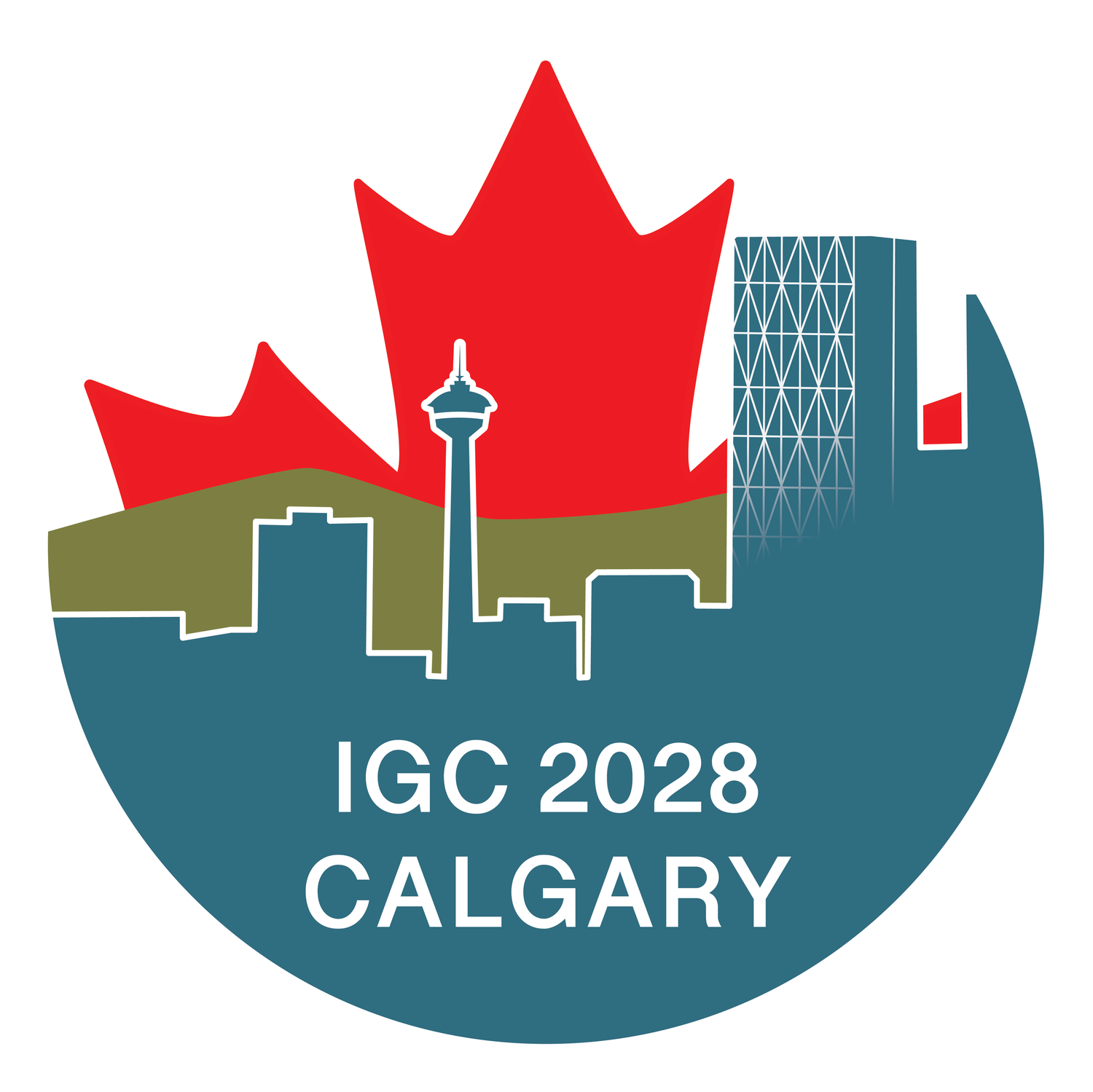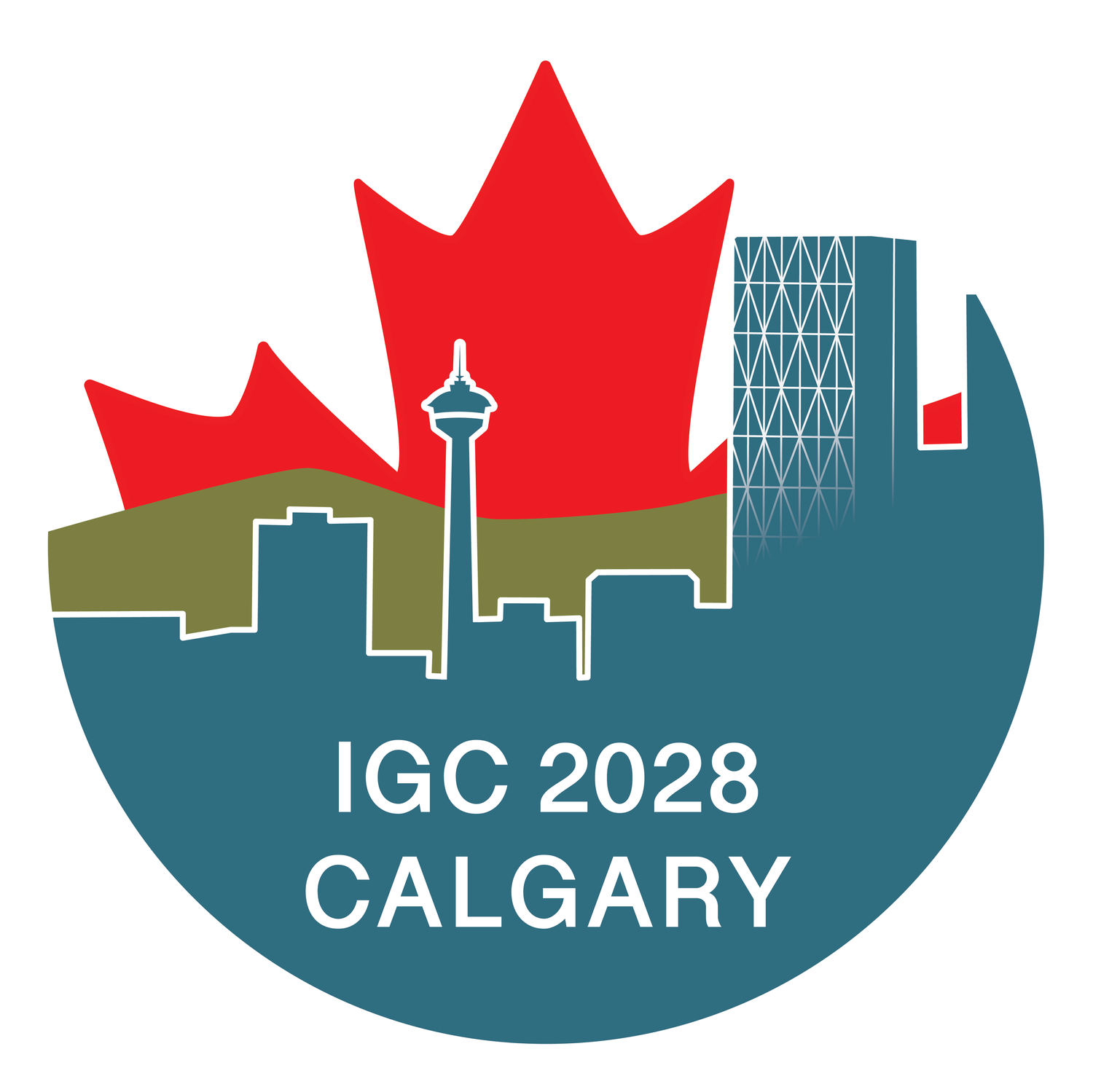
Mineral Resources
Market Finances for Geologists and Engineers
Here the capital markets, cash flow models and evaluation of ore deposits will be introduced to participants interested in mining and corporate finances. Financial firms that link companies with capital, such as exempt market dealers, advisory firms, private equity, alternative banks, conventional banks and brokerages will be discussed. Fictional projects will be used to demonstrate the evaluation process for mineral deposits.
Image credit: Unsplash/ Maxim Hopman
Exploring for Iron Oxide Copper Gold (IOCG) Deposits
The Great Bear Magmatic Zone (Wopmay Orogen, Northwest Territories) has stunning exposures of IOCG deposits with associated hydrothermal systems. Representative field examples, rock samples from the Great Bear Magmatic Zone and worldwide analogues will be used to demonstrate the regional to deposit scale alteration vectors to mineralization.
Image credit: L Corriveau
Exploration in Glaciated Terranes
Most of the Canadian landscape was covered by glaciers during the Wisconsin glaciation. Trains or fans of metal-rich glacial till from mineral deposits are much larger targets than the mineral deposit. Heavy mineral isotope and geochemical analysis are now used to reveal source information for grains, deposit types and guide vectoring towards mineralization. Terrane analysis using LiDAR and machine learning are also emerging as valuable tools for exploration in glaciated terrain.
Image credit: Diavik Diamond Mines
Volcanic-Hosted Magmatic Sulphide Deposits
There are world-class VHMS deposits across much of Canada. This short course will review the characteristics of VHMS deposits based on examples ranging from Windy Craggy in northwestern British Columbia across the Canadian Shield to the Noranda Camp in Quebec.
Gold-bearing Porphyry Deposits
Using examples from British Columbia, the main characteristics of gold-bearing porphyry deposits will be reviewed. These include mineralogical features, alteration assemblage characterizations, geochemical and mineral associations with rock types, and district-scale geophysical signatures. This short course will conclude with a fertility assessment.
3-D Modelling to Support Mineral Exploration Estimation
In this short course, geological, structural, chemical and physical data will be used to build 3-D models for Mineral Resource Estimation using real-world examples. Geological interpretation will cover various mineralization types, grade distributions, controlling structures, weathering, and alterations. Frequent errors in modelling this data will also be presented along with strategies to avoid these errors.




